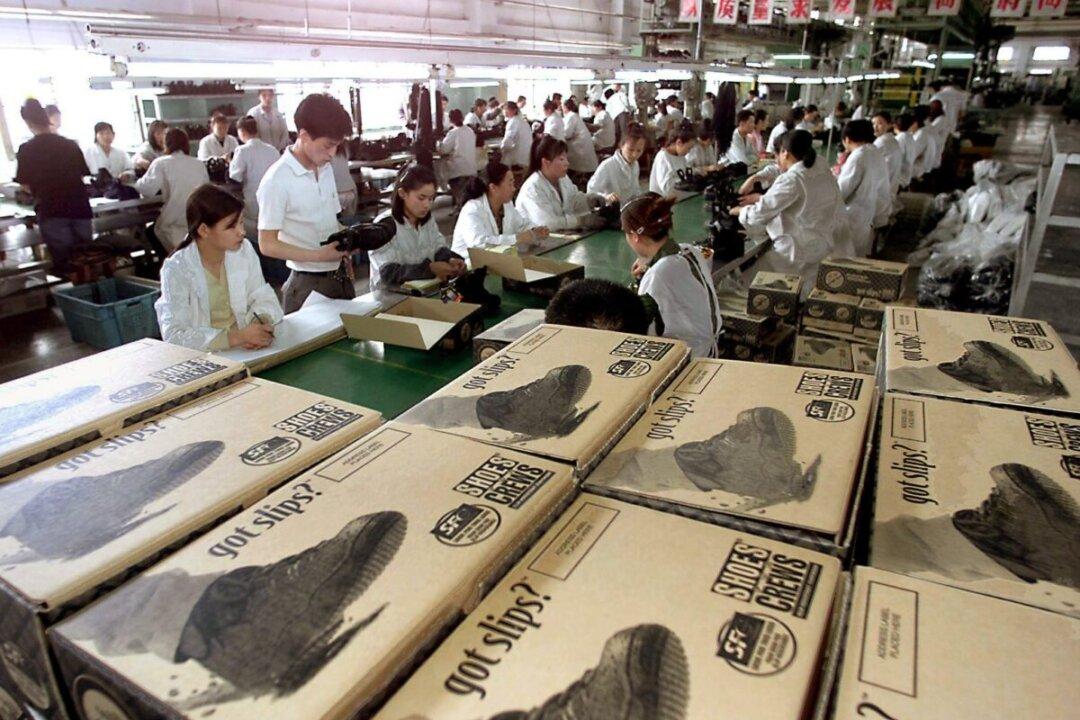News Analysis
Beijing’s consolidation of state-owned enterprises is picking up speed in its final stages. Experts say that this is a step backward and that the inefficient mega-state enterprises will only add to China’s economic decline.

Beijing’s consolidation of state-owned enterprises is picking up speed in its final stages. Experts say that this is a step backward and that the inefficient mega-state enterprises will only add to China’s economic decline.